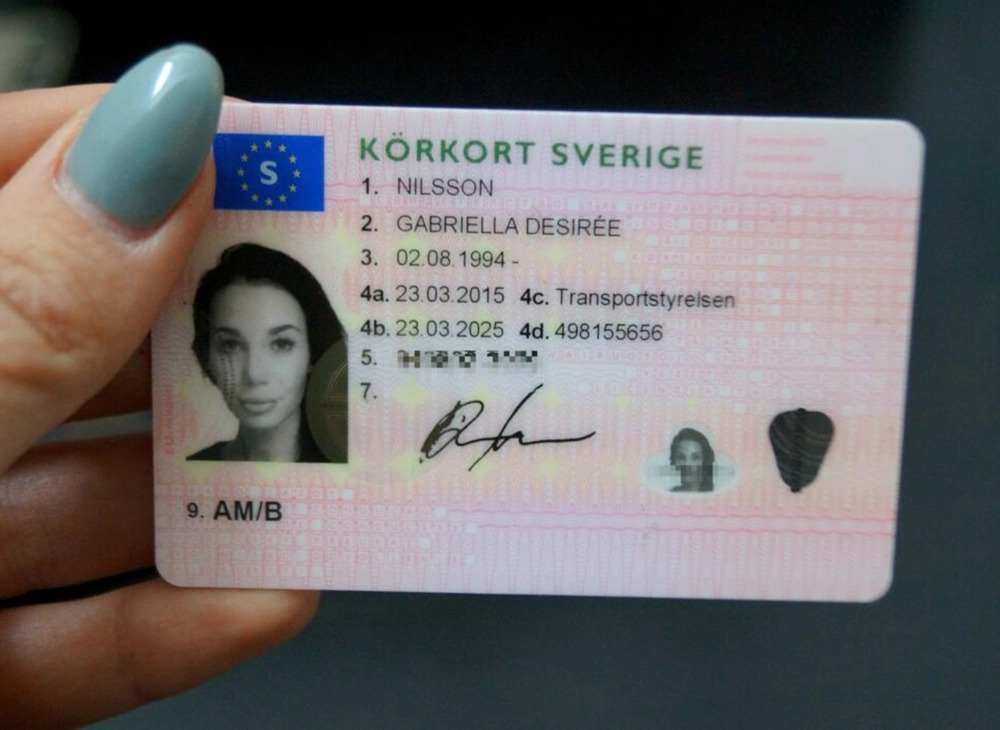Navigating the New Landscape of Driving License ID Handling in 2025
In every society, the driving license serves as a crucial document, not just as an evidence of the ability to operate an automobile however likewise as an identification tool. As we enter 2025, substantial changes have actually emerged concerning the handling and management of driving licenses, primarily influenced by advances in innovation, developing guidelines, and the need for enhanced security measures. This short article intends to provide an extensive summary of driving license ID dealing with in 2025, elucidating the technologies involved, the upcoming legal improvements, and offering responses to typical questions.
The Transition to Digital Driving Licenses
One of the most noteworthy changes in driving license ID handling is the extensive adoption of digital driving licenses. These digital licenses are stored digitally on smart devices, using multiple benefits to both motorists and authorities. In the United States, for example, many states have started carrying out digital motorist's licenses, while nations such as Canada and the UK are anticipated to follow match soon.
Secret Benefits of Digital Driving Licenses
- Convenience: Easily accessible on mobile devices, getting rid of the requirement to bring physical copies.
- Improved Security: Incorporating biometric functions and encryption helps to combat identity theft and scams.
- Real-time Updates: Immediate updates to personal info, such as changes in address or status, enhance accuracy.
Obstacles and Concerns
In spite of the advantages, the shift to digital licenses provides challenges, including concerns about personal privacy, cybersecurity hazards, and the digital divide impacting those without access to smartphones or the internet.
Modifications in Regulatory Framework
As we head into 2025, a number of guidelines surrounding driving licenses have actually come under analysis and improvement. Federal governments and regulative bodies are focusing on ensuring that driving licenses are safe and secure, legitimate, and issued in compliance with established laws.
Key Legislative Trends
Standardized ID Formats: Countries are moving towards a standardized format for driving licenses to enhance validation and improve security.
Increased Verification Procedures: Authorities are now utilizing advanced methods such as facial recognition and AI to improve confirmation procedures at checkpoints.
Focus on Sustainability: With growing environmental issues, numerous states are deciding for environmentally friendly materials for physical licenses and exploring robust digital options.
Age and Identity Verification: Enhanced measures are being put in location to precisely verify the age and identity of motorists, particularly in contexts where age-related laws use to driving.
The Global Perspective: State-By-State Comparison
| Nation | Digital License Implementation | Existing Regulations | Notable Features |
|---|
| United States | Several states in progress | Differs by state, efforts to combine formats | QR codes for easy recognition |
| Canada | In pilot stages | Standardized recognition throughout provinces | Combination with health IDs |
| United Kingdom | Early adoption phase | Focus on BestäLla KöRkort Online renewal and details updates | Digital confirmation via the app |
| Australia | Under consideration | Significantly rigid recognition procedures | Focus on scams prevention |
The Role of Technology in ID Handling
Innovation is revolutionizing how driving licenses are handled. AI, blockchain, and biometrics are ending up being essential to driving license issuance and verification.
Innovations Shaping the Future
Artificial Intelligence: AI algorithms are now utilized for acknowledging patterns in driving behaviors, which can notify insurance premiums and legal ramifications.
Blockchain Technology: Ensuring the stability and credibility of driving license information, blockchain technology enables for safe and secure sharing of information between authorities without worry of tampering.
Biometrics: Increasingly, biometric systems are implemented at the point of issuance and verification, such as facial acknowledgment and finger print scanners, to make sure safe and secure identity confirmation.
Prospective Impacts of Emerging Technologies
The application of these technologies can cause boosted dependability and security of driving IDs, however it raises questions about data personal privacy and user approval.
Regularly Asked Questions (FAQs)
1. What should I do if my digital driving license is lost or taken?
You ought to immediately report the loss or theft to your regional automobile company. Many digital licenses have built-in functions to disable access remotely.
2. Are digital driving licenses accepted everywhere?
As of 2025, acceptance of digital licenses varies by area. It's advised to bring both digital and physical copies when traveling throughout state or national borders.
3. Can I update my information on a digital driving license?
Yes, updates can often be made through the associated mobile application or website of the issuing authority.
4. What are the security procedures for digital licenses?
Digital licenses generally incorporate features such as encryption, two-factor authentication, and biometric confirmation to improve security.

5. How will traditional driving licenses be affected?
The relocation towards digital licenses might lower the issuance of physical licenses, but they will still be readily available for those not able to gain access to digital options.
As we advance into a new era in 2025, the handling of driving licenses is optimizing to satisfy the needs of modern society. Through technological improvements and regulative reforms, individuals can expect a more safe and secure, efficient, and structured procedure for acquiring and handling their driving licenses. Nevertheless, as digital solutions proliferate, it remains vital to address obstacles connecting to privacy, security, and availability, making sure fair road gain access to for all chauffeurs while securing individual details. As governments around the world continue to adapt to these modifications, the future of driving license ID handling is set to be both vibrant and transformative.
